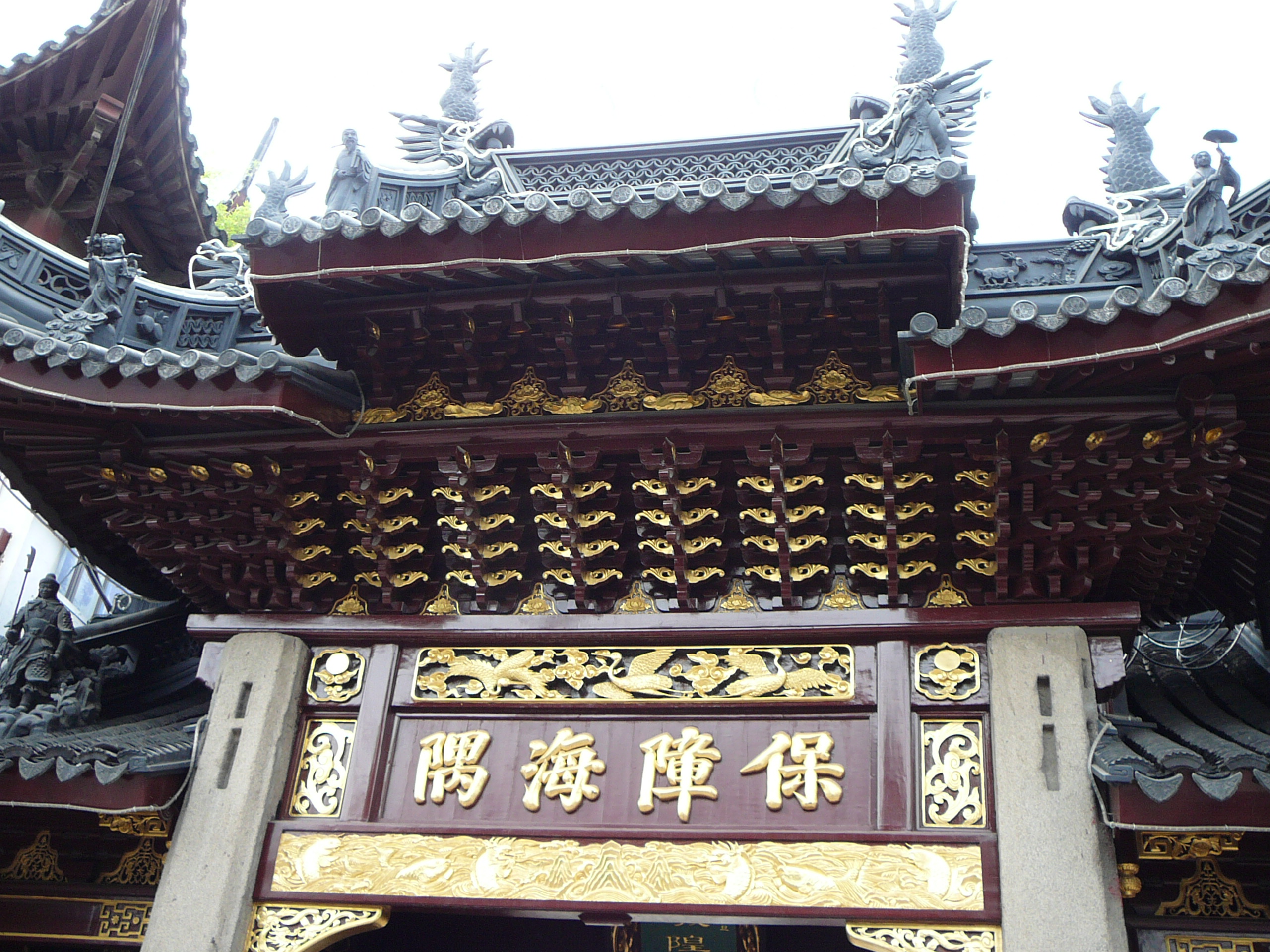|
Lam Tsuen
Lam Tsuen () is an area in Tai Po District, Hong Kong, noted for its Lam Tsuen wishing trees. The nearby Lam Tsuen River, empties into Tolo Harbour, Tai Po Hoi. History During the Qing dynasty, Lam Tsuen was a member of Tai Po Tsat Yeuk (), an inter-village alliance that established Tai Wo Market () in 1892 in order to break the monopoly of the old Tai Po Market () founded by the Tang Clan of Lung Yeuk Tau ().Antiquities Advisory Board. Historic Building AppraisalYau Ancestral Hall, Ng Tung Chai/ref> Villages Lam Tsuen is not a village in the political sense but rather a union of the 23 villages scattered across the Lam Tsuen Valley along with five indigenous (Punti) villages and 18 Hakka people, Hakka villages. Today, Lam Tsuen spreads over an area covering 26 villages: * Chai Kek () * Chung Uk Tsuen (Tai Po District), Chung Uk Tsuen (), the oldest village in Lam Tsuen, was established more than 600 years ago. * Fong Ma Po (, lit. "place for grazing horses"), a Punti vill ... [...More Info...] [...Related Items...] OR: [Wikipedia] [Google] [Baidu] |
Paifang
A ''paifang'', also known as a ''pailou'', is a traditional style of Chinese architecture, often used in arch or gateway structures. Etymology The word ''paifang'' ( zh, c=牌坊, p=páifāng) was originally a collective term for the top two levels of administrative division and subdivisions of ancient Chinese cities. The largest division within a city in ancient China was a ''fang'' ( zh, c=坊, hp=fāng, labels=no), equivalent to a current day ward (electoral subdivision), ward. Each ''fang'' was enclosed by walls or fences, and the gates of these enclosures were shut and guarded every night. Each ''fang'' was further divided into several ''pai'' ( zh, c=牌, hp=pái, l=placard, labels=no), which is equivalent to a current day (unincorporated) community. Each ''pai'', in turn, contained an area including several hutongs (alleyways). This system of urban administrative division and subdivision reached an elaborate level during the Tang dynasty, and continued in the following dy ... [...More Info...] [...Related Items...] OR: [Wikipedia] [Google] [Baidu] |
